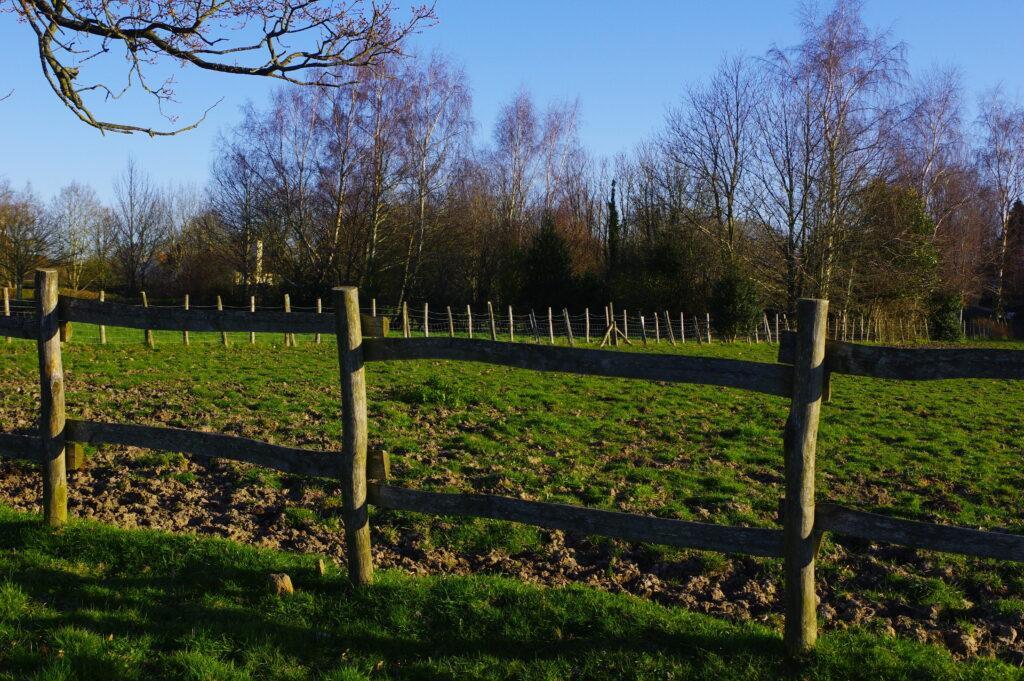
What is a Phase 1 Habitat Survey?
ypically, the central area of a PEA (Preliminary Ecology Appraisal) a Phase 1 habitat survey follows a standardised system for mapping wildlife habitats. It is usually undertaken as part of the planning process, for a planning application. It can also be used to manage areas for conservation.Arrange a survey today This survey will indicate any ecological constraints on site and will allow the ecologist to identify possible mitigation and enhancements. It can also be used a part of Biodiversity Net Gain assessments, as part of the planning process.
What is the difference between Phase 1 Habitat Survey and Phase 1 extended Habitat Survey?
Phase 1 habitat survey is used for classifying and mapping wildlife habitats including urban areas, over large areas. Phase 1 extended Habitat survey tends to be used most in development planning work, to ascertain the baseline landscape and any ecological constraints. The extended Phase 1 habitat survey provides a map of the habitats present on the site and a description of each habitat, including a plant species list.


When can they take place?
Ideally the survey can be between April – September. If undertaken before or after that period, then a follow up botanical survey may be needed.
The habitat survey will be undertaken first, in conjunction with data searches by the local biodiversity records centre. The two sources of information allow habitat mapping and areas where ecological enhancement can be made. This enhancement is now an important aspect partly due to Biodiversity Net Gain.
Landvision Phase 1 extended Survey entails the following.
- A record is made of each habitat present, shown in colour shading, and coded in map form.
- A description of each habitat present, including botanical list.
- Each habitat is assessed for potential to support protected species, and Biodiversity Action Plan (BAP) species, or priority species.
- Fauna observed during the survey is noted. Also, any field signs of fauna are noted during the survey.
- Phase 1 extended survey will allow our ecologists to identify ecological features present and how to protect these.
The results of the Phase 1 extended survey will be examined by the Local Planning Authority (LPA).
Further ecological surveys, which may include protected species surveys, may also be recommended as part of the Phase 1 Habitat Survey, prior to the development project being determined by the LPA. This information can be used to calculate a Biodiversity Net Gain.
Why are ecological features important?
They may support protected species, and form part of protected habitats, and so are critical in the policy protection of sites. There will also be wildlife law protection too for such features and for their potential ability to host species.
Landvision Phase 1 extended Survey entails the following.
- Site survey visit to map the habitats on site.
- Botanical and fauna lists of plants and animal species present/ field signs of animal species.
- Appraisal of the site’s likely protected species, and priority species.
- Advice to developer on findings of the Phase 1 habitat survey.
- Further help on how to protect habitats, mitigate for the development, and enhance the habitats on site. This will mitigate ecological impacts due to the development.
For help or further information, call us now to speak to one of Landvision’s environmental team on 01892 782200.
Call us today to book a Habitat Survey.
